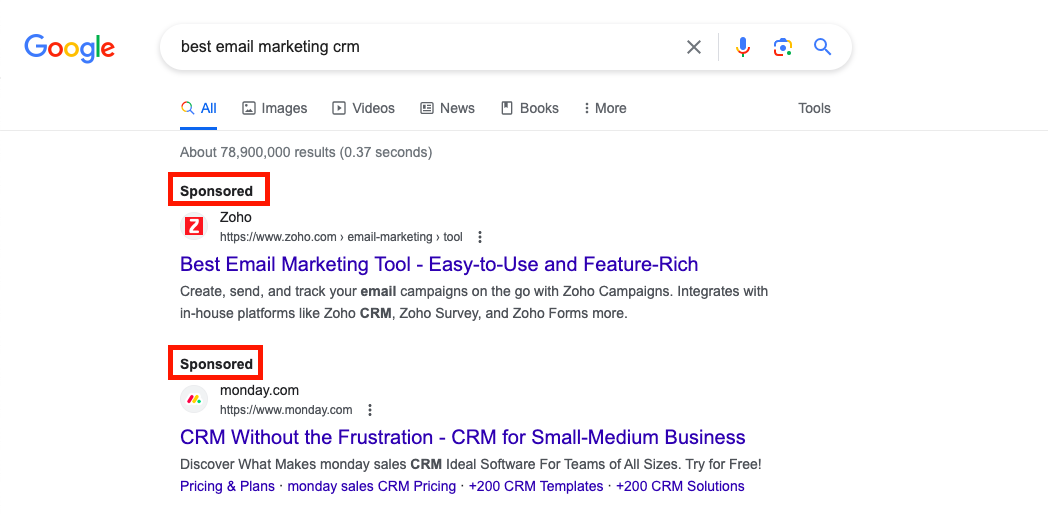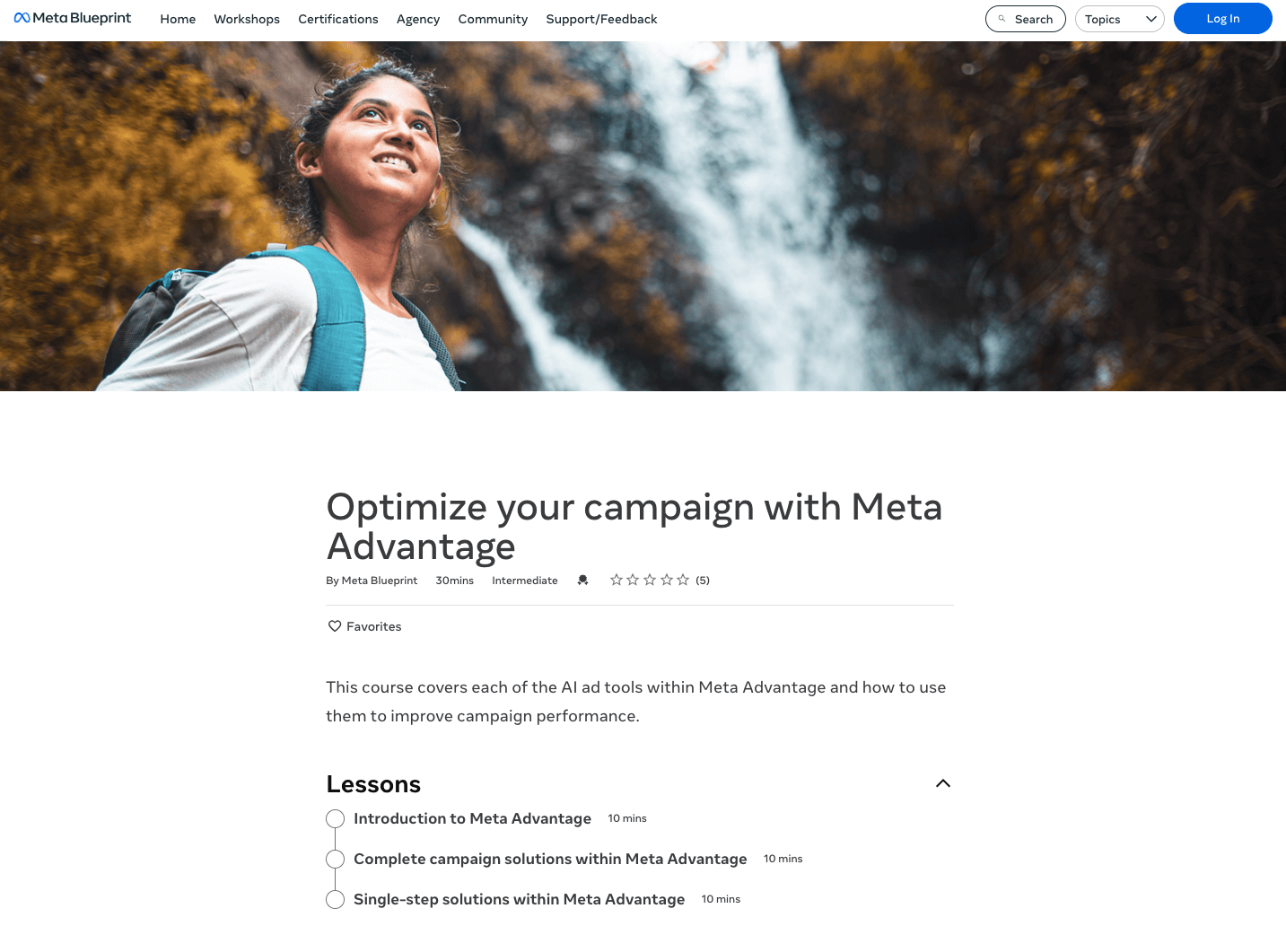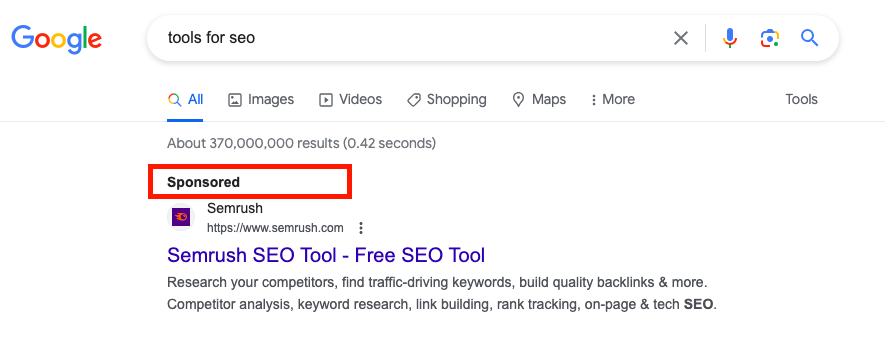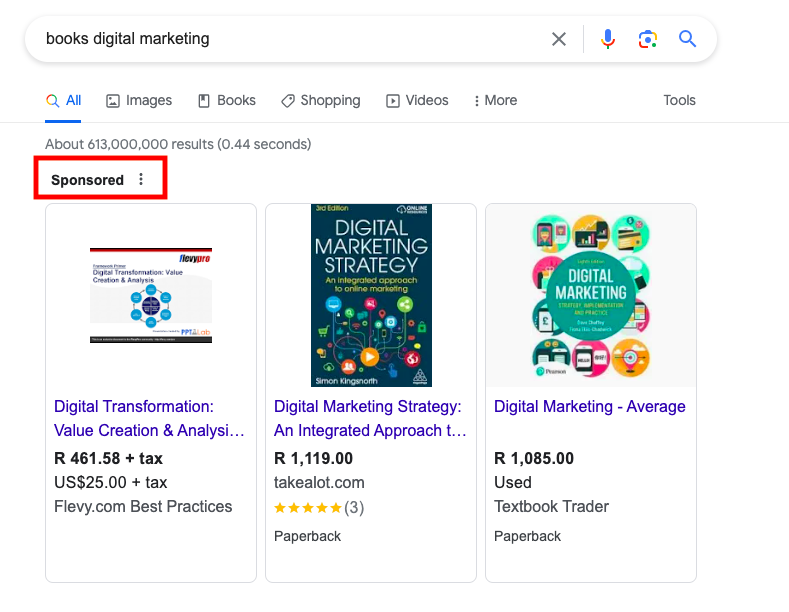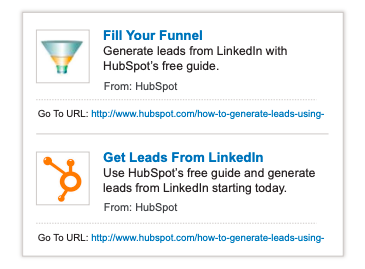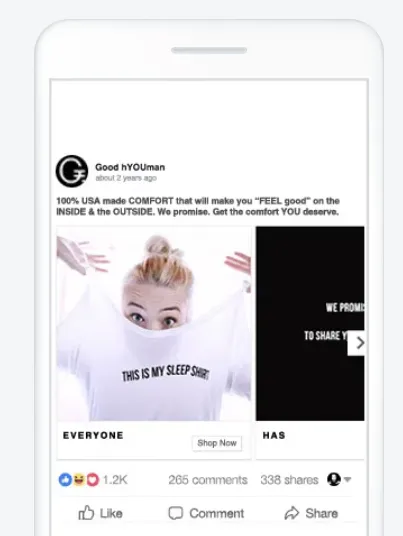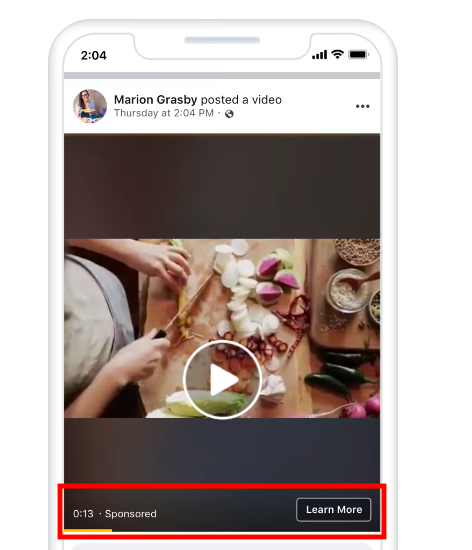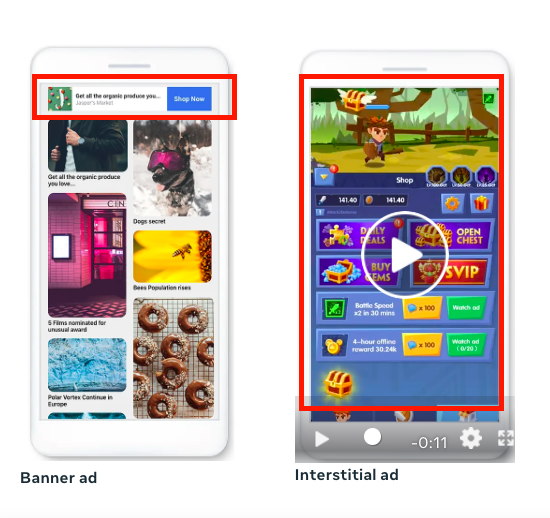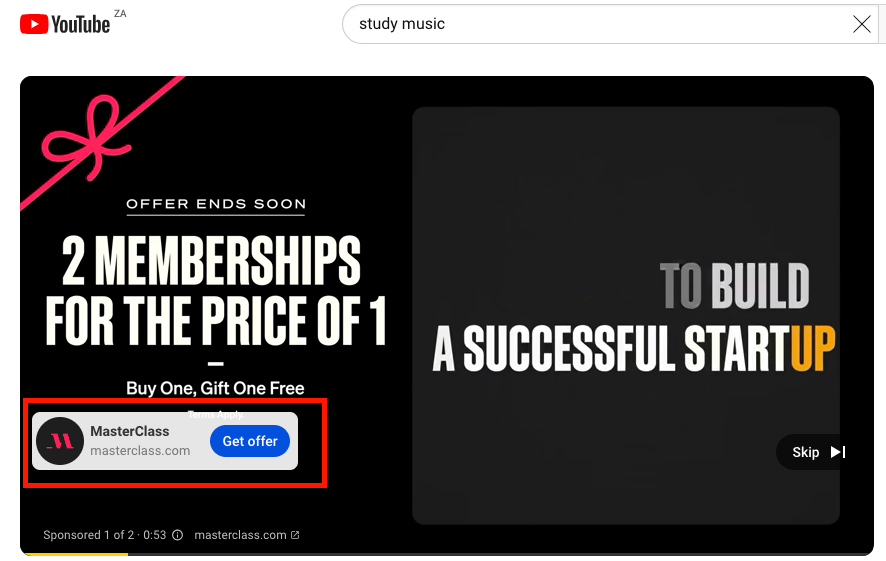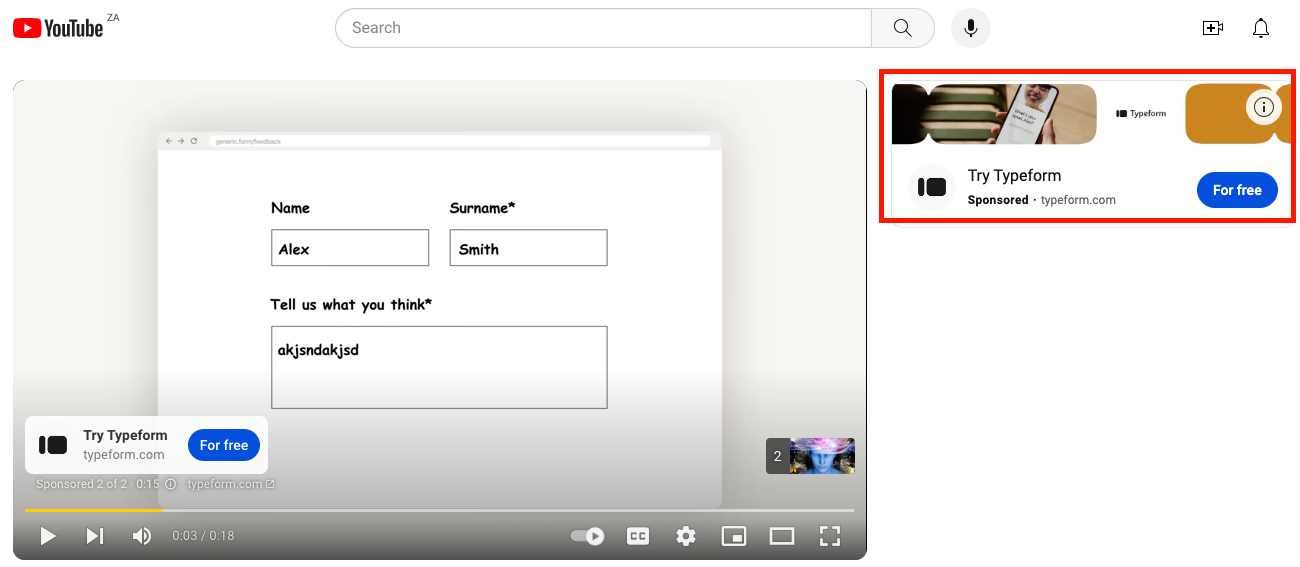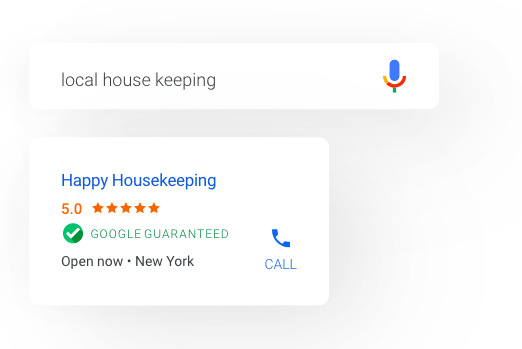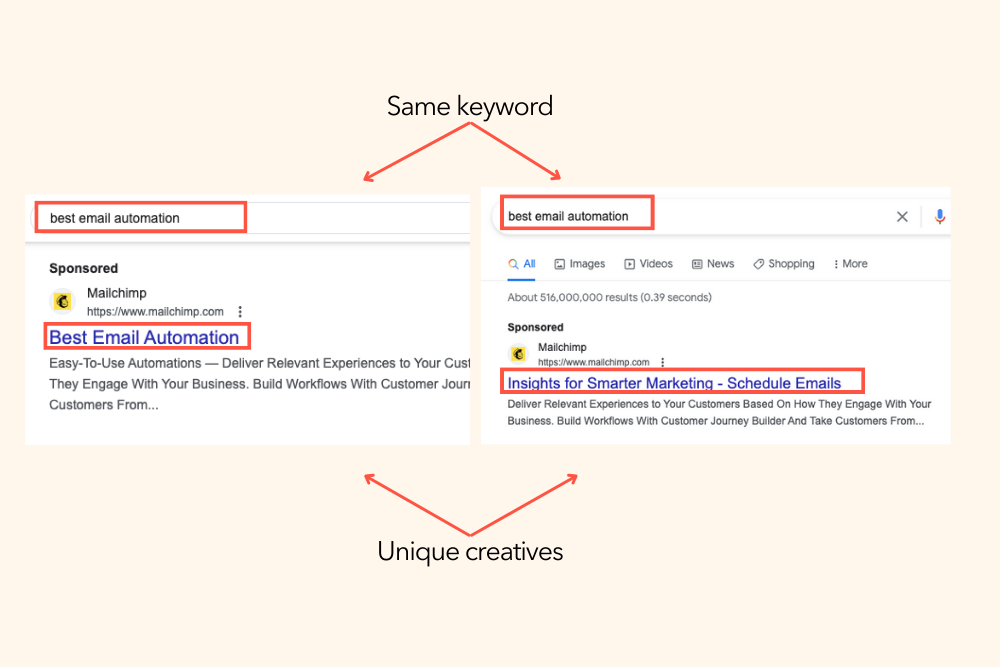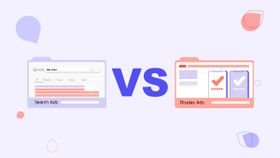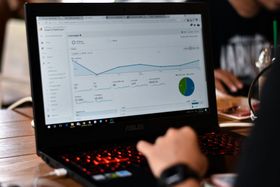How to Create Your First PPC Advertising Campaign: Step-By-Step Guide for 2025
Launch your first PPC advertising campaign with this easy to follow guide.
Published November 5, 2024.
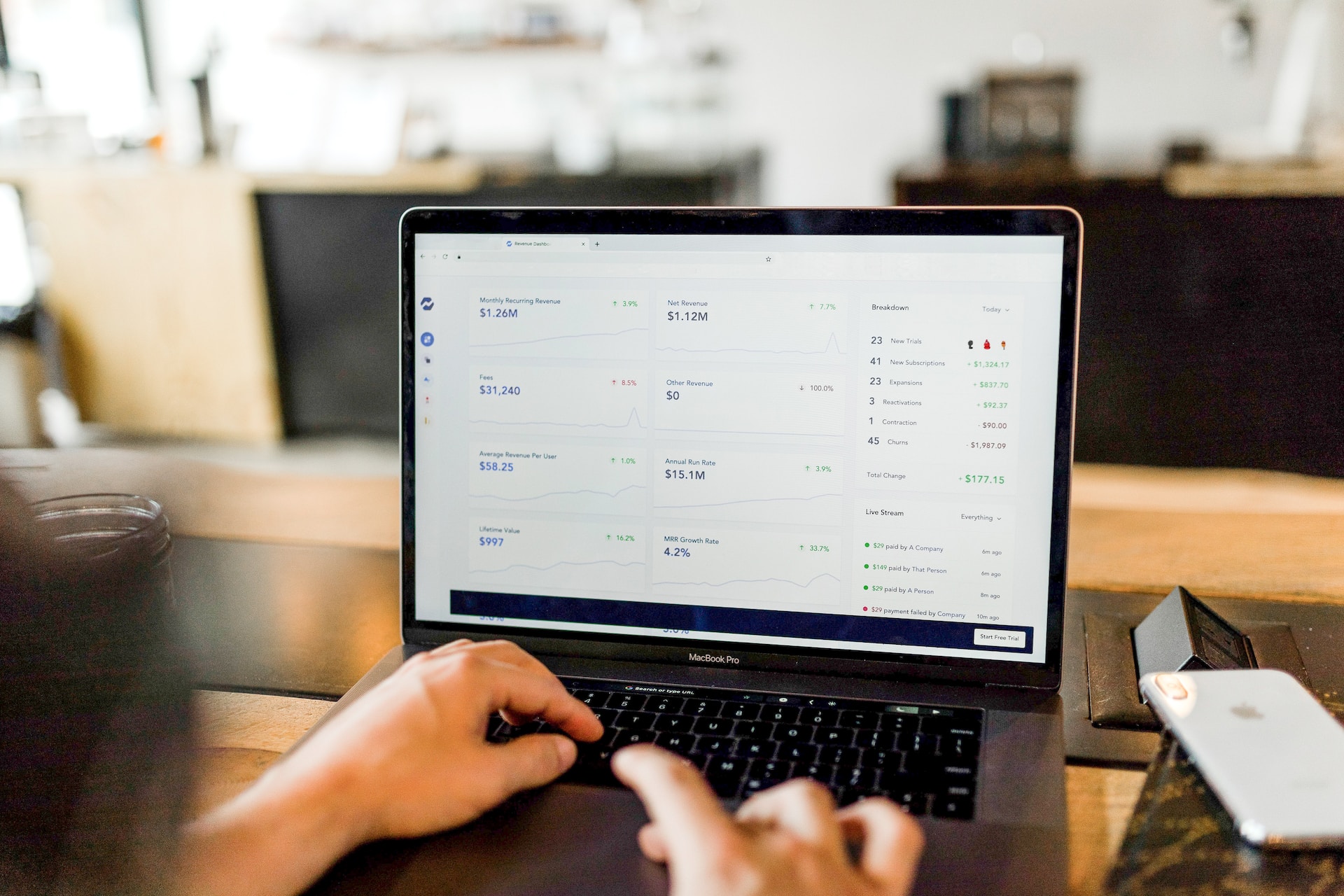
Pay-per-click (PPC) advertising can help you reel new customers into your business. Google reports that businesses earn an average of $2 per $1 spent on its ads platform. But if it's your first time creating a campaign, there's a bit of a learning curve. Between choosing a platform, finding keywords, and figuring out how to get the right return on spending, you have a lot to consider before launching your online ad.
We'll help you get your first campaign off the ground without a hitch using these tried-and-tested best practices and tips.
Meet the expert
Yousaf Yunes is the CEO and founder of the PPC agency YRV Dynamics. YRV Dynamics handles ad buying and client representation on multiple platforms, managing over $3MM+ in ad spend in the last 18 months.
What is a PPC advertising campaign?
A PPC advertising campaign is a way to pay for targeted website visitors. You bid on keywords relevant to your business, and your ads appear in prominent spots when someone searches for those terms. You only pay when someone clicks your ad, making it a cost-effective way to reach potential customers.
These ads can come from search engines (Google, Bing, YouTube), social media (Instagram, Facebook, Pinterest), or a network of websites.
Unlike search engine optimization, where you optimize for higher organic ranking on search engines, in PPC, you pay for clicks. PPC buyers decide on keywords they want their ads to appear for—once a user enters the keyword, the selected platform will show the sponsored ad at the top of the results.
PPC ads can appear as text-based ads on search engines, social media ads, display ads and banners, or videos.
» Want to go even further down the rabbit hole? Learn how to create profitable PPC ads.
9 Steps to launch a successful PPC campaign
Beginners who are launching their first PPC campaign need to consider both technical settings and ad visuals to run a successful campaign.
Step 1: Get the right certificate
Many PPC users skip certification and learn from online tutorials. This can limit their use of platform features.
Certificates delve deeper into campaign optimization, targeting strategies, bidding tactics, and data analysis. They equip you with advanced skills to improve campaign performance and drive better results.
Certifications like Meta Blueprint, valid for two years, prove your expertise in Meta’s systems. It’s challenging, but certification ensures you’re aware of all the features within the Meta ad system. Google PPC certification, though easier, is also rare among PPC buyers.
Step 2: Define campaign goals
Every PPC campaign should start with a set of measurable campaign goals. For a good overview of campaign goals, think about your desired campaign results. This could be increasing website traffic, generating leads, or boosting sales. These goals will define the kind of campaign you create and what platform to use.
Define your budget, consider your conversion rate, and the average order value (AOV)—this is a crucial metric.
If, for example, you’re not seeing sales but your AOV is at a $3,000 price point, it could mean that you’re not giving your PPC campaigns enough time to convert. High AOV often requires a longer decision-making process for customers.
Ultimately, something in the funnel is not working right. It could be a Facebook or Google problem, a landing page problem, or something else. It's your job to identify which element needs fixing and connect it to your PPC toolkit in a seamless way.
Step 3: Know your target audience
Your target audience is the group of potential customers you aim to reach with your PPC ads. Define them by demographics such as age, location, and gender, as well as interests and hobbies. Research keywords they’re likely to search for, focusing on those with high buying intent.
Segment your audience based on these findings to create more effective ads for each group.
Your audience research informs your PPC campaign settings. For example, if your audience is primarily women aged 25-40 in the US, these are the settings you’d use for your PPC ad.
Step 4: Choose the right platform and scale smart
If you have organic purchases, identify where they’re coming from first. Is it Google, Facebook, Pinterest, or elsewhere? Your main organic channel could be your initial PPC platform. Organic purchases are a great way to see if you're ready for paid.
If you have 20K Facebook followers and conversions, consider paid ads on Facebook before expanding to Google. Focus on scaling your organic traction. Don’t let it fade.
Experiment with other platforms, but know your strengths through data analytics.
Don’t rush to spend. Build a strategy. Start with a small weekly budget and increase it gradually, ensuring a solid return on ad spend (ROAS). More on that in step 7.
Once organic sales are strong, consider expanding. Don’t limit ad spend, but ensure ROAS before investing more.
Step 5: Select the best type of PPC ads for your needs
PPC ads come in various formats, each tailored to different objectives and platforms. Here are some common types of PPC ads and the distinctions between them:
Search engine ads:
- Text ads: Traditional ads displayed on search engine results pages (SERPs) in response to specific keywords. They typically consist of a headline, a description, and a link.
- Shopping ads: These ads showcase products directly in the search results, often featuring an image, product name, price, and store information. Commonly used for eCommerce campaigns.
Social media ads
- Text and image ads: Promotional content displayed on social media platforms like Facebook, LinkedIn, or Twitter. They can include text, images, and a call-to-action to engage users.
- Carousel ads: These ads include multiple images or videos in a single ad, allowing users to swipe through the content. Effective for showcasing a range of products or features.
- In-stream video ads: These are video ads that play before, during, or after other videos on platforms like YouTube or Facebook. They’re a great way to capture the attention of viewers who are already engaged with video content.
» Want to go in-depth? Check out the ultimate guide to social media advertising.
Display ads:
An important distinction here: not all display ads are PPC ads. Many display ads operate on a cost-per-thousand impressions (CPM) basis. However, some advertising companies will charge per click.
- Banner ads: Graphic ads displayed on websites within a designated ad space. They can include images, text, and sometimes interactive elements.
- Interstitial ads: Full-screen ads that appear before the expected content. They are commonly used in mobile apps and games.
- Rich media ads: Interactive ads that may include elements like video, audio, or other dynamic features to engage users.
Video ads:
- In-stream ads: Video ads that play before, during, or after a user's chosen video content on platforms like YouTube.
- Out-stream ads: Video ads that appear outside of video content, often in banner or interstitial ad spaces on websites.
Remarketing/retargeting ads:
Retargeting ads target users who have previously visited a website or interacted with specific content. They aim to re-engage users and encourage them to complete a desired action, like making a purchase.
Local service ads
Ads that appear in local search results are particularly relevant for businesses offering services in a specific location. They often include contact details, reviews, and a call to action.
Choose the ad that aligns best with your target audience and the platform for PPC advertising campaigns.
Step 6: Perform keyword research
Defining keywords allows ad platforms to deliver your ad to the right audience. Instead of blasting your ad to everyone, it reaches users who are more likely to be interested in your product or service, leading to higher click-through rates (CTR) and better return on investment (ROI).
Start with brainstorming keywords. Then, use keyword tools like Google Keyword Planner, SEMRush, and Ahrefs for deeper research. These platforms help analyze keyword relevance, search volume, and competition.
Keyword research balances budget, bidding volume, and keyword relevance. For instance, a high-volume keyword may seem attractive, but if it’s high competition and your budget is tight, you might opt for less competition and a higher ROI.
» Need a proven tool to market effectively? Discover the best Google Ads tools.
Step 7: Set a reasonable ROAS target
In PPC campaigns, the conversion path, or the actions you want viewers to take, starts before you publish an ad. Your ROAS determines how much revenue you aim to generate for every dollar invested. It directly influences your:
- Bid settings: Higher ROAS goals might require higher bids to compete for relevant clicks.
- Reach and impressions: Targeting aggressive ROAS can limit the potential audience you reach.
Many PPC clients aim for a ROAS of four or higher, meaning a $4 return on every $1 spent. However, a high ROAS can limit reach and impressions, even on Facebook ads.
Tip: Set your targeted ROAS to three or slightly lower. This can increase reach and impressions, improve conversion tracking, and optimize the early stages of the conversion path. This way, you can focus more on later components like visuals and the website or eCommerce store
» Want to improve your return on ad spend? Check out our expert Google Ads bidding strategies.
Step 8: Play the creative game
Creatives are the visual and textual elements of PPC campaigns, designed to grab the viewers' attention and inspire engagement. They are the essential and the most eye-catching elements of any PPC campaign.
Your PPC creatives should:
- Communicate the offer
- Grab viewers' attention
- Establish the brand identity
- Engage users
- Affect CTR
- Often drive the cost of an entire campaign
You can test out multiple campaign creatives on the same keyword to see which one resonates more with audiences. You can see here that Mailchimp uses variations on their ad copy for the keyword "best email automation".
In addition to A/B testing, you should constantly challenge your platform to identify your best creative. Start with your least-performing creatives, replace them with better ones, and refine them further. The average platform needs three to five pieces of creative in your funnel.
Tip: A creative won’t perform well if you keep showing the same one to a new customer. When retargeting, switch up tired creatives for better performance.
Step 9: Don't forget the guidelines
Imagine you’ve prepared your PPC campaign: you’ve identified your target audience, selected keywords, set your ROAS, and designed engaging creatives. You launch your campaign with pride, only to have it pulled by the platform the next day.
The likely reason? Your creatives didn’t meet the platform’s guidelines.
Guidelines, like those from Google or Meta, ensure your ads comply with policies and best practices, preventing account suspension. When you adhere to the guidelines, you get quick ad approval, correct tracking, and better conversions.
So avoid the frustration of repeated rejections by familiarizing yourself with the guidelines of your chosen platform.
Keep in mind that industries like healthcare, pharmaceuticals, and finance have stricter guidelines due to potential risks and data privacy concerns.
Mastering PPC: Next steps to marketing excellence
Launching your first PPC campaign is your first real step into the PPC world. Once you've run the ads and received the feedback in the form of analytics, it's time to adjust and run ads again. Rinse and repeat.
Following the latest PPC trends, experts, and publications is a good way to stay on top of your PPC game. There are also plenty of qualified PPC consultants or PPC agencies with proven track records who can help you reach your audience.

